The week of January 8-14 takes us from Day 27 to Day 4. This week we will highlight the moon crater Taruntius viewable on Sunday night and found in the NE quadrant of the Field Map at J4. Taruntius: [NE/J14;
Taruntius: Floor-Fractured Moon Crater
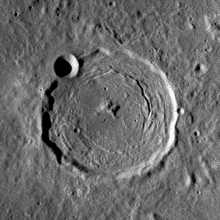

The week of January 8-14 takes us from Day 27 to Day 4. This week we will highlight the moon crater Taruntius viewable on Sunday night and found in the NE quadrant of the Field Map at J4. Taruntius: [NE/J14;
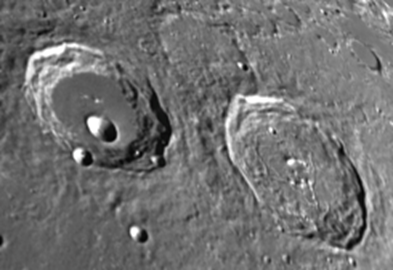
The week of October 30 – November 5 takes us from Day 17 to Day 23. This week we will highlight the moon craters Hercules and Atlas, viewable on Tuesday evening and located in the NE quadrant of the Field
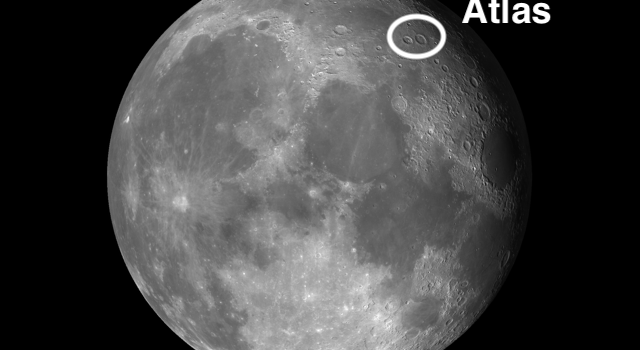
The week of September 25 – October 1 takes us from Lunar Day 11 to Day 18. This week we will highlight the moon craters Hercules and Atlas, located in the NE quadrant of the Field Map and viewable on
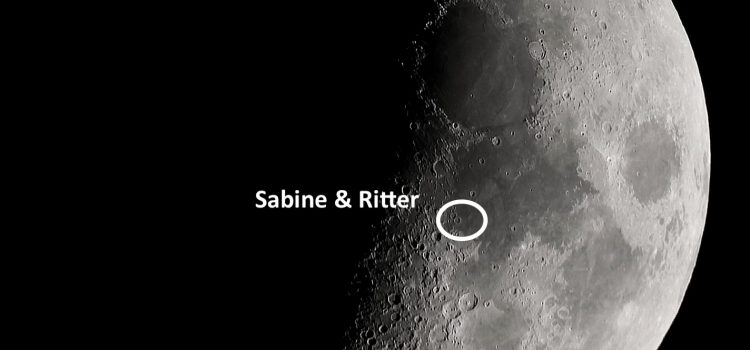
The week of January 23 to January 29 takes us from Lunar Day 3 to Day 9. This week we will highlight the moon craters Sabine & Ritter, viewable on Friday evening and located in the NE quadrant of the
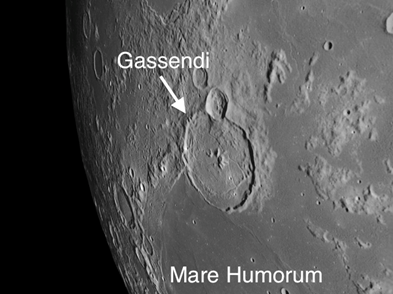
The week of January 16 to January 22 takes us from Lunar Day 24 to Day 0.6. This week we will highlight the moon crater Gassendi. Gassendi: [SW/L5; L=40°W] Three generations of crater age can be easily observed on Mare
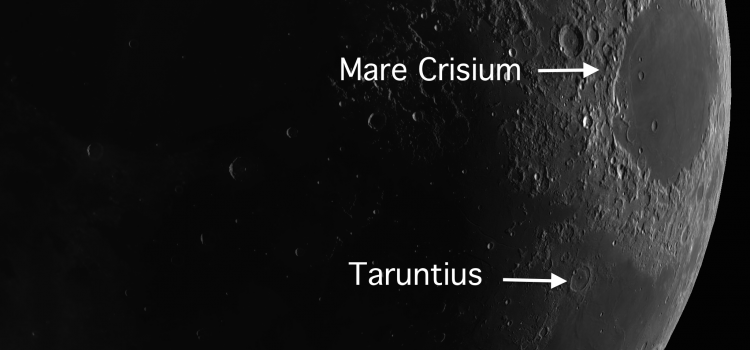
This week we will highlight the moon crater Taruntius, located on the north shore of the Sea of Fertiliuty. Taruntius: [NE/J14; L=47°E] Taruntius is a wonderful example of a floor-fractured crater (FFC). Take a close look at it. Once you
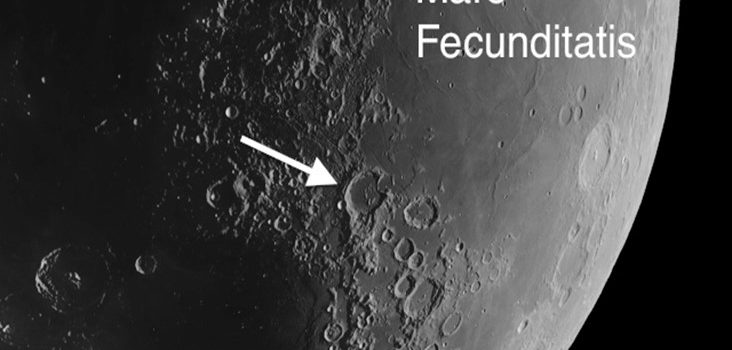
The week of August 8-14 takes us from Lunar Day 11 to Day 18. This week we will highlight the moon craters Taruntius and Gutenberg, viewable on Sunday evening. Taruntius: [NE/J14; L=47°E] Located on the north shore of Fertility, Taruntius
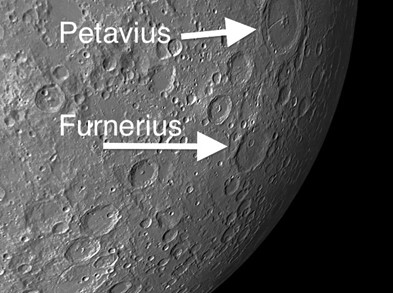
The week of July 25-31 takes us from Day 27 to Day 3. This week we will highlight a series of craters called the Great Eastern Chain. The Great Eastern Chain: [SE/K-N16; L=61°E] There is a conspicuous chain of large
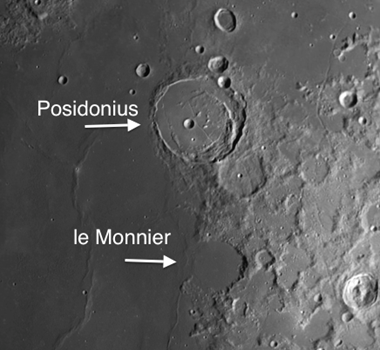
The week of March 7-13 takes us from Day 5 to Day 11. This week we will highlight moon craters Posidonius and le Monnier, viewable on Tuesday evening. Posidonius/le Monnier: [NE/F-G13; L=30°E] There are only two craters of any consequence
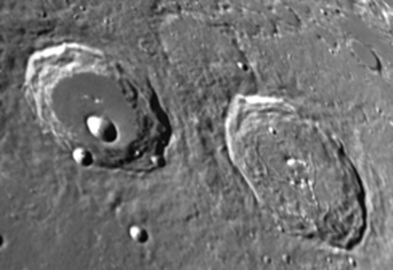
The week of September 20-26 takes us from Full Moon to Day 21. This week we will highlight the moon craters Hercules and Atlas, viewable on Thursday evening. Hercules and Atlas1: [NE/E13-14] Just east of Lacus Mortis (the “Lake of